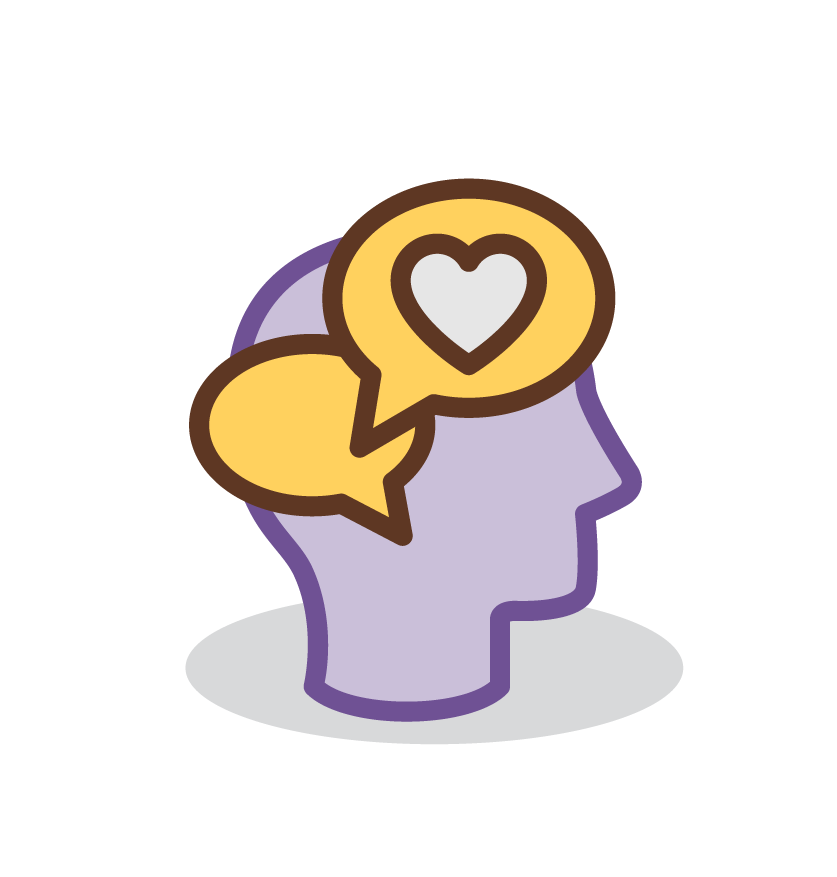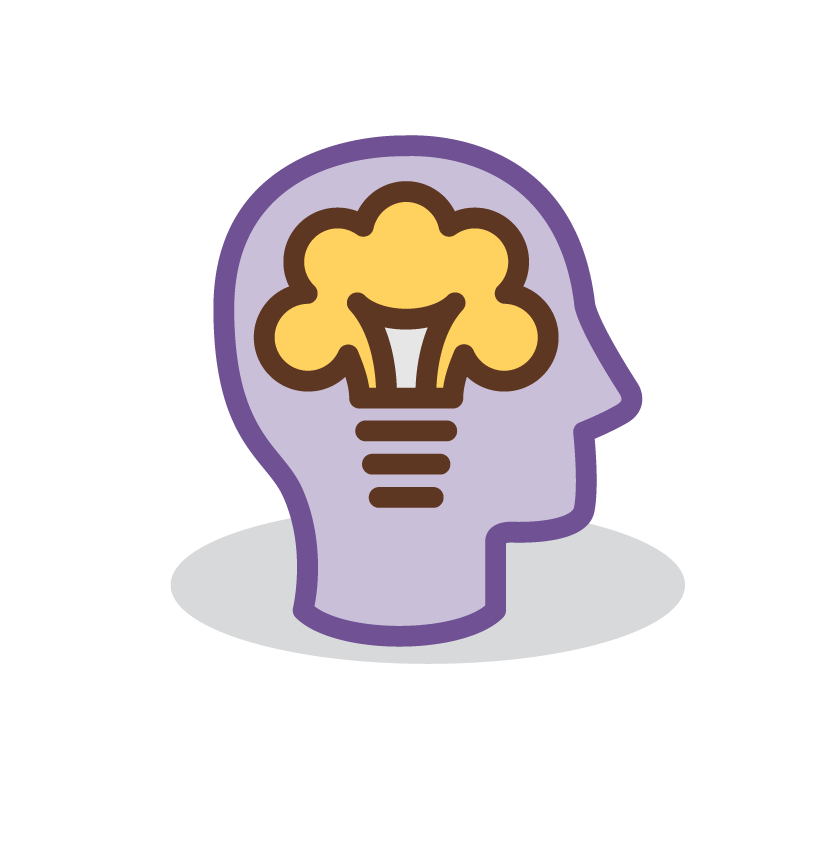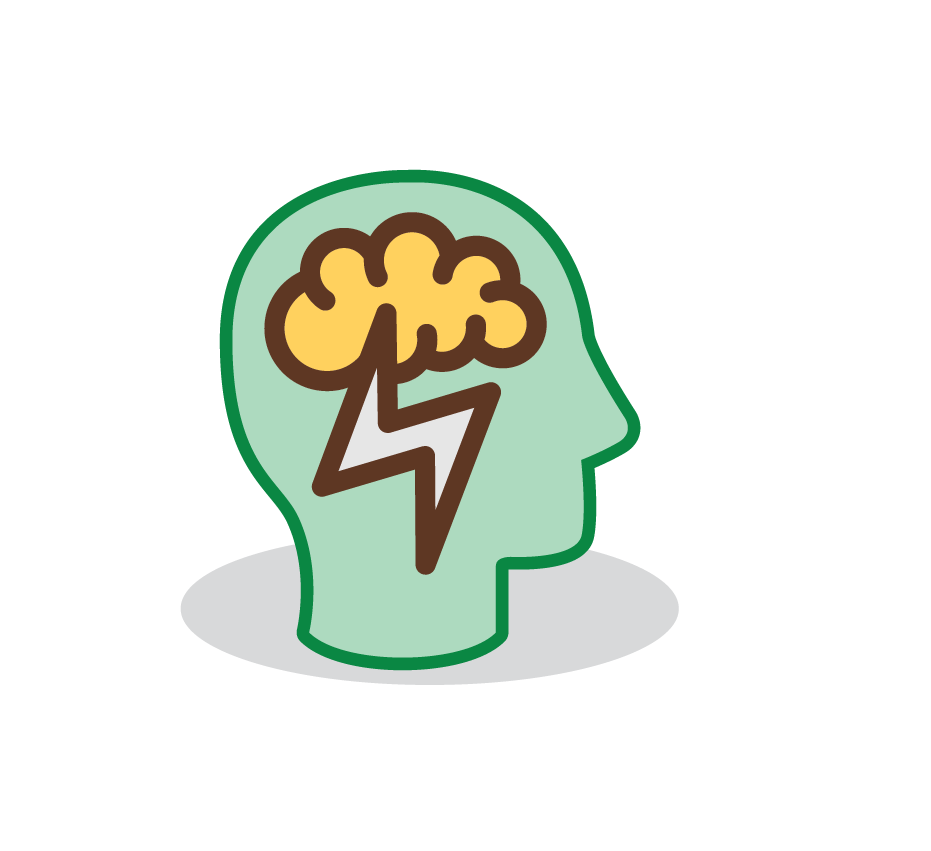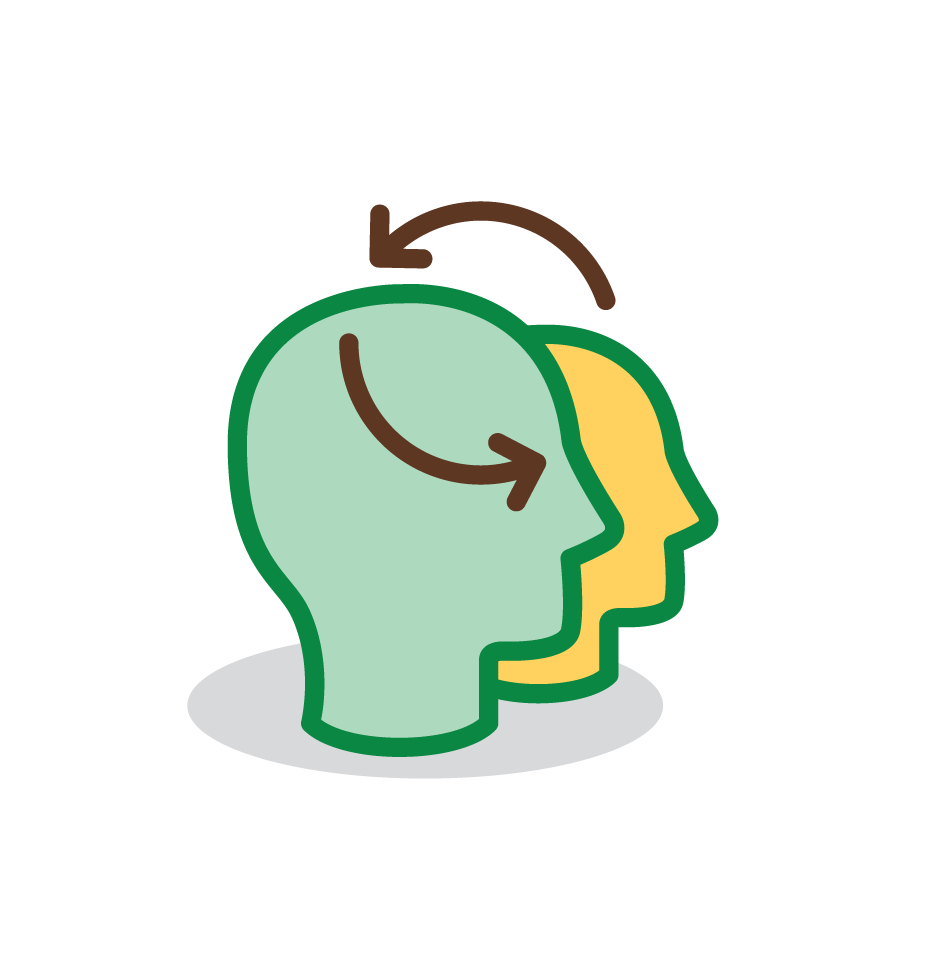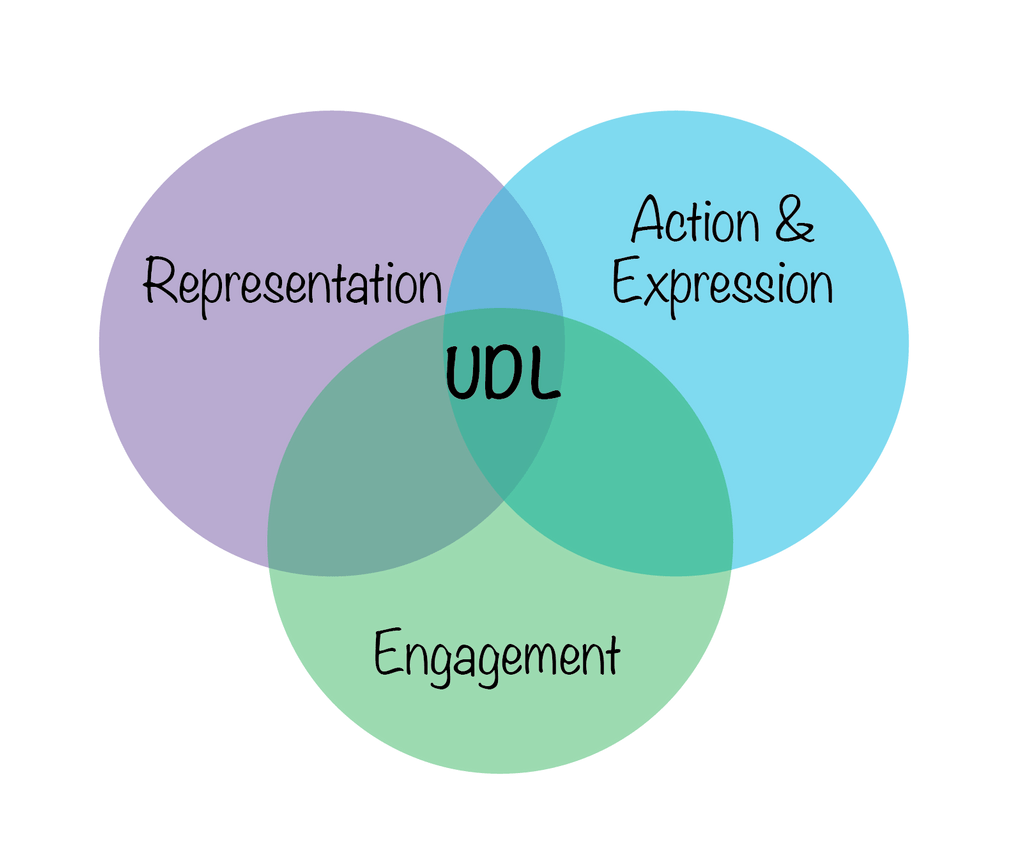
Universal Design for Learning (UDL) “is a framework to improve and optimize teaching and learning for all people based on scientific insights in how humans learn” (Cast.org). UDL can create an equitable and inclusive learning environment for all students in the classroom. As instructors at Carleton, you can help increase student success by applying UDL principles to your curriculum.
This UDL blog series will provide you with tips and tricks on how to take small steps towards more UDL integration in your courses.
Within the UDL framework, there are three major categories:
- Multiple means of representation
- Multiple means of engagement
- Multiple means of action and expression
Furthermore, each category and blog post after will cover the additional subcategories:
Representation
Engagement
Action and Expression
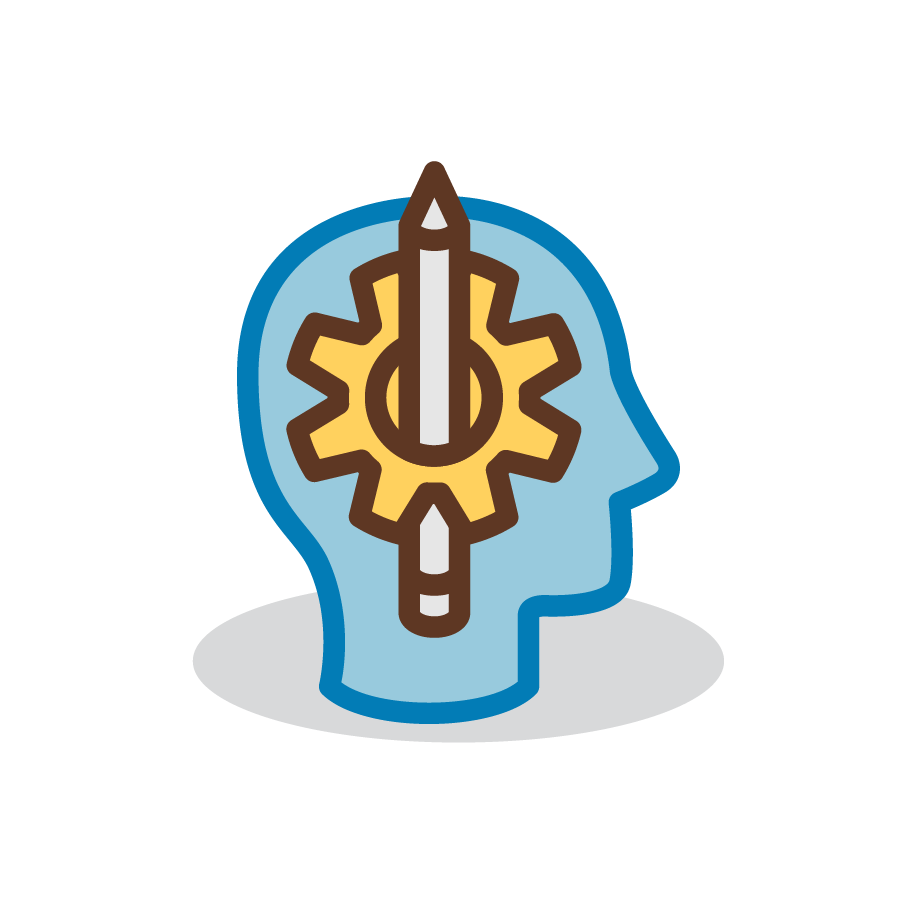
Physical action
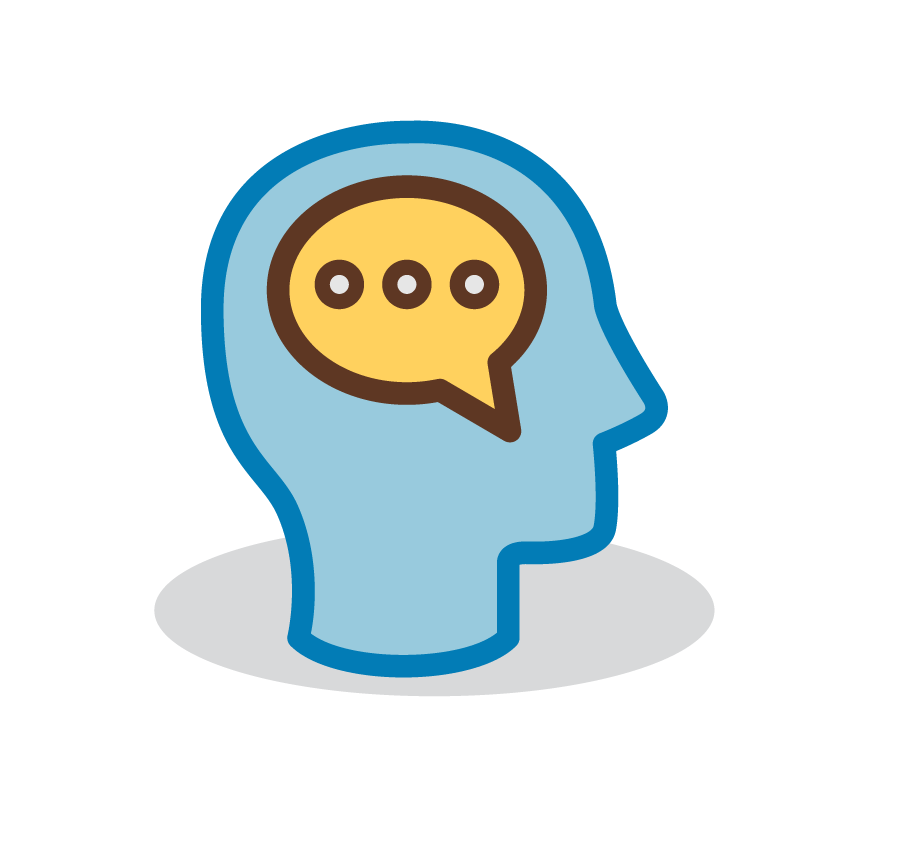
Expression and communication

Executive functions
At the CAST website, you can find all the information about these subcategories. But looking at all the information can be overwhelming at first, so let’s go over a few small steps that you can take.
Step 1: Being able to identify what you already do in your course is the first small step toward progress. For example, to offer multiple means of representation, you could provide written instructions on how to use a microscope, then also provide a video with the verbal and visual instructions. This allows the students to comprehend the information in multiple capacities.
The UDL planning guide helps you to identify what UDL principles you already incorporate into your course. After opening the link, you will be prompted to create a copy of this document, which will allow you to edit and save for future references. Once in the UDL planning guide, you can fill out the nine boxes that represent each category and subcategories. You can use the guidance of the CAST website, and this will help identify areas of excellence and areas of opportunity. As a reminder, the goal is to take a small step into UDL. When working through this guide, you may not fill all boxes right away. You may see that your disciplines and courses might not have a common or obvious answer, or you may find it easy to fill some boxes with examples. Each blog post in this series will focus on one of the nine subcategories (guidelines) and give examples of how to apply them to your classroom.
Step 2: To take another small step, plan out your term with a timeline that addresses what each week looks like, and whether there are any UDL principles applied to that week. We are working on a course planning guide with Student Learning Outcomes (SLOs) and UDL. As you look through your UDL examples, you might notice that your examples cover large and significant components such as variation on project choices like a paper or a presentation. But UDL principles can be applied to small in-class activities or assignments as well. For example, allowing students to work on a worksheet (such as the guide above), in person (print), or online (google doc) allows students to choose and you, the instructor, provides multiple means of engagement with your students. After you complete the guide and see some areas of opportunity, you could apply UDL to a small class activity like in the example above.
Starting anything new can be exciting and challenging, but the key is to take small steps towards the goal.
UDL, a blog series…
To recap, the first blog post in the series describes the principles of UDL and how to take the initial small step into achieving a UDL classroom. You can find the link back to the first post of this series.
Universal Design for Learning (UDL) “is a framework to improve and optimize teaching and learning for all people based on scientific insights in how humans learn” (Cast.org). UDL can create an equitable and inclusive learning environment for all students in the classroom.
Within the UDL framework, there are three major categories and their subcategories:

